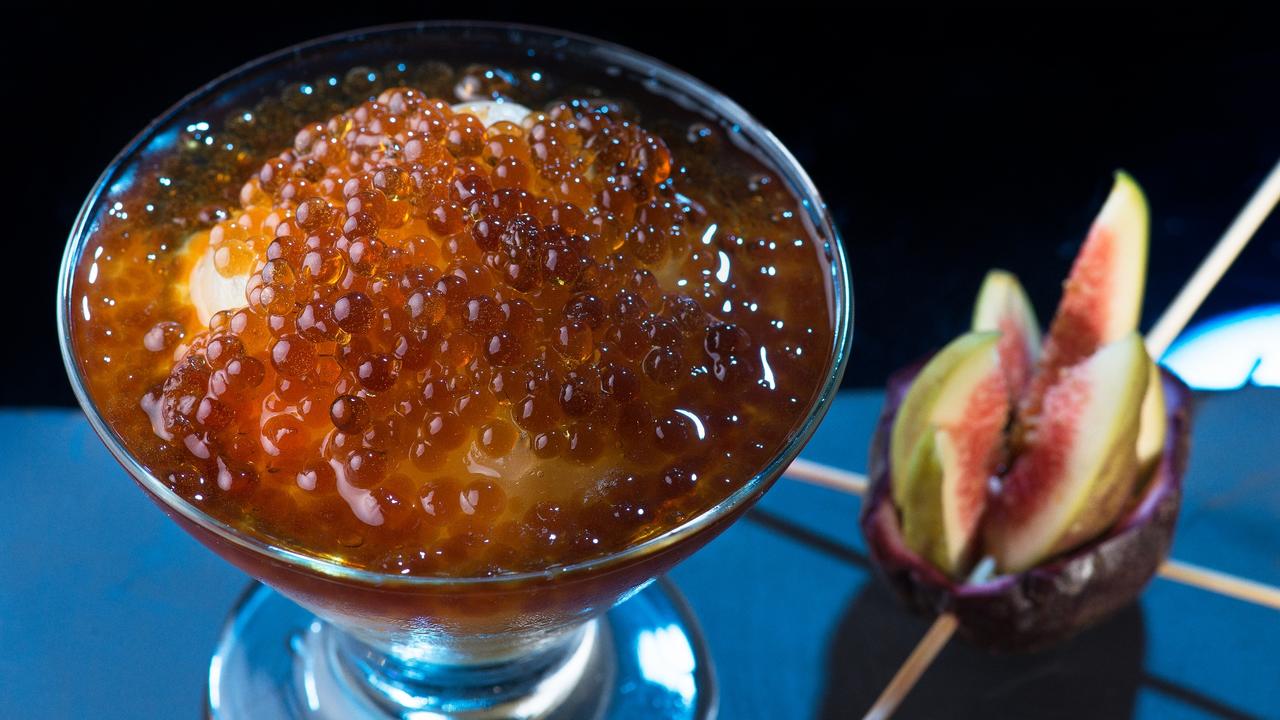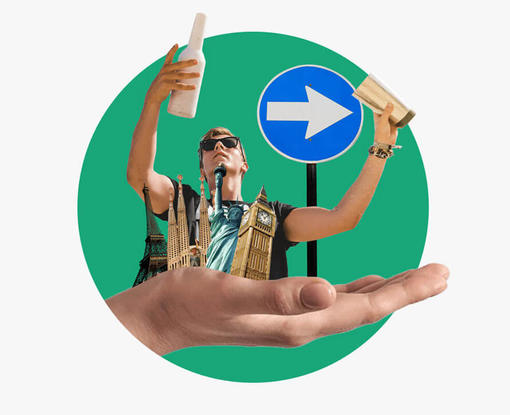In the world of bartending, molecular mixology is a rather strange concept. Molecular cocktails are not like any of the classic cocktails, they're specially made with special pieces of special equipment.
But what is molecular mixology and how do you make a molecular cocktail?
What is molecular mixology?
Molecular mixology is a type of bartending, in which a number of processes and techniques are used, reminiscent to that of a science lesson.
Molecular mixology involves using professional equipment like blowtorches, liquid nitrogen, foams and mists. These kits enhance the cocktail by creating new flavours and sensations. Using this equipment when creating molecular cocktails also means that you'll be creating an amazing visual effect.
For many, molecular mixology may add to the performance element of bartending that many enjoy, while for others it offers an insight into the inner-workings of drink-making processes and mixology.
Molecular mixology techniques

Molecular mixologists use a whole range of techniques and ingredients when creating a molecular cocktail. Below are some of the most common techniques in molecular mixology...
Spherification
As a technique borrowed from molecular gastronomy, spherification is the process that enables liquid to form into gelatinous spheres, similar to fish eggs. This effect is made possible by taking a liquid that contains no calcium and mixing it with sodium alginate, then adding this in small amounts to a liquid diluted with calcium chloride. All together they work as gelling agents.
An example of a cocktail made using this technique could be the Molecular Mojito, which can be made by adding 1.25ml calcium lactate with fresh lime juice, sugar syrup and mint leaves before muddling, and then adding rum and soda water. After pouring the solution (without adding ice) into ice cube trays and freezing, the frozen Mojito cubes should be dropped into a large glass with sodium alginate dissolved in water, and left for 15 minutes. The mojito spheres should be washed in a container of clean water, then they are ready as curious cocktail balls.
Emulsification
Another concept common to molecular mixology and molecular gastronomy is emulsification.
This involves the binding together of two liquids that don’t usually mix, through the use of an emulsifier. In this way, fats can be used in cocktails where they would usually naturally separate. By using an emulsifier, (such as Ticaloid 210S) a combination of gum acacia and xanthan gum can be used to make the Cold Buttered Rum cocktail. Rum and lime juice are mixed together with butter syrup, a sweet, creamy fusion that would otherwise be impossible to achieve. The result is a lovely smooth molecular cocktail!
Suspension
Xanthan gum can also be used for another technique called 'suspension'. The gum can be used to stabilise and thicken a liquid. The flavour is not unpleasant, so it can be useful for bartenders when creating drinks like Sangria, where the ingredients appear suspended in motion when viewed through the glass.
Hot infusion siphon
For the customer that enjoys being involved in the drinks-making process, the hot infusion siphon can be just the thing. This table-top infusion apparatus allows the drinker to watch the infusion process as it happens, and enjoy the result.
It requires water, sugar syrup and a base spirit, such as gin, in the lower chamber. Whilst the ingredients to be infused sit in the upper chamber, such as lemongrass, lavender or jasmine. When the infusion has finished, the warm cocktail can be poured into a glass and enjoyed. Hot infusion siphons are usually commonplace in molecular mixology kits.
There a whole host of other techniques and equipment used in molecular mixology like liquid nitrogen to make dry ice and loads of other gelling agents and gums. Molecular mixologists essentially work in a science lab behind the bar.
Molecular mixology isn't just making cocktails, it's making a molecular cocktail through crazy processes and molecular equipment! If you're a lover of mixology, you'll definitely love molecular mixology.
History of molecular mixology
Molecular mixology is a derivation of the term 'molecular gastronomy' coined in 1988, which entails using similar scientific effects but in the kitchen.
Taxonomy aside, as the inventor of the flaming Blue Blazer it could be said that the godfather of bartending, Jerry Thomas, was the original molecular mixologist, all the way from the nineteenth century. Thomas was certainly a man ahead of his time, and while there have been more flaming and frozen effects in the meantime, for the most part it has taken a full century for any real developments to take place in this area of bartending.
Thankfully, the last two decades have been witness to some astonishing progress in conjuring tricks and concoctions behind the bar, and with technology advancing fast it would seem that more is still to come.
Turn a classic cocktail into a molecular one, through graduating as a professional bartender with one of our bartending courses.

